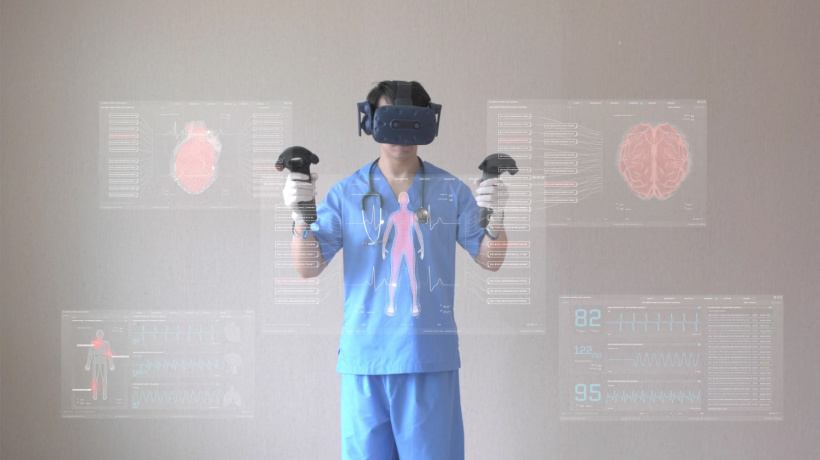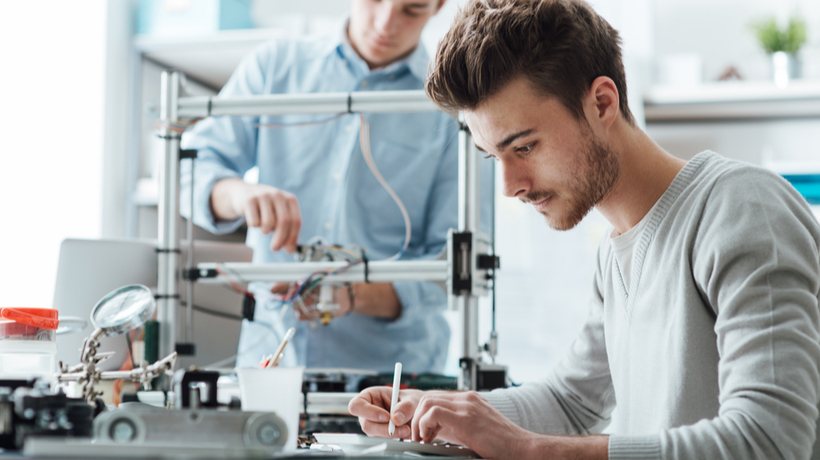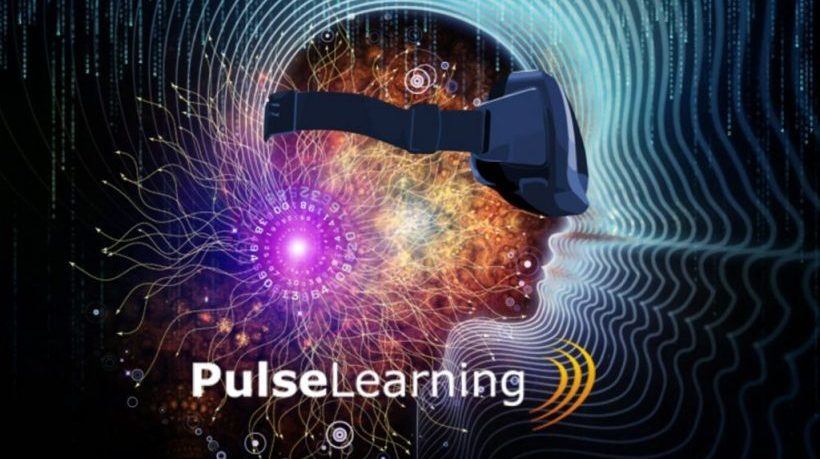3D Visualization And Configuration In eLearning
In recent years, the world of education has undergone a profound transformation thanks to the rapid advancement of technology. One of the most exciting developments in this space is the integration of 3D visualization and configuration into eLearning. This innovative approach is reshaping how we learn and interact with information, creating immersive educational experiences that were once unimaginable. In this article, we'll explore the promising future of eLearning through the lens of 3D visualization and configuration.
The Evolution Of eLearning
To appreciate the significance of 3D visualization and 3D configuration in eLearning, let's first take a brief look at the evolution of online education. eLearning started as a simple digitized version of traditional classroom instruction, offering text-based content, images, and occasional videos. However, as technology progressed, so did eLearning. The global eLearning market is projected to reach $375 billion by 2026, growing at a CAGR of 12.1%.
Introducing multimedia elements like animations and interactive quizzes marked a significant leap forward. As internet speeds improved, streaming videos became more accessible, paving the way for webinars and live lectures. Still, these advancements only scratched the surface of what technology could offer to the field of education.
The Rise Of 3D Visualization
The advent of powerful computing and graphics processing capabilities brought 3D visualization to the forefront of eLearning. This technology allows learners to interact with objects, environments, and scenarios in a three-dimensional space, creating a more immersive and engaging learning experience. Here are some key areas where 3D visualization is revolutionizing eLearning:
1. Complex Concepts Simplified
3D visualization can break down complex concepts into easily digestible visualizations. For instance, in medical education, 3D models of human organs and biological processes help students understand intricate details that might be challenging to grasp through text or 2D images alone.
2. Hands-On Learning
3D simulations enable students to practice skills in a risk-free virtual environment in technical and vocational training. Pilots can simulate flight maneuvers, surgeons can practice procedures, and mechanics can troubleshoot engines without real-world consequences.
3. Virtual Field Trips
Geography and history classes can come alive with virtual field trips. Students can explore ancient civilizations, visit far-off natural wonders, or even take a virtual tour of the cosmos, enhancing their understanding of the subject matter.
4. Personalized Learning Paths
3D configurations allow educators to tailor lessons to individual learning styles. Students can interact with content in a way that resonates with them, promoting better comprehension and retention.
5. Collaborative Learning
Virtual classrooms with 3D elements encourage collaboration among students. They can work together to solve problems, conduct experiments, or explore simulations, fostering teamwork and communication skills.
The Role Of 3D Configuration In eLearning
While 3D visualization is a powerful tool in eLearning, the concept of configuration takes it further. Configuration allows learners to manipulate and customize 3D models, fostering creativity and problem-solving skills. For example, in engineering courses, students can configure 3D models of machines to understand how different parts work together. In architecture, budding designers can create and modify building structures to see the impact of their decisions. This hands-on approach deepens understanding and encourages critical thinking and innovation.
Utilizing 3D Product Configurators For Enhanced Learning
3D product configurators are a powerful application of 3D visualization and configuration, and they have the potential to revolutionize not only eLearning but also the way consumers and businesses interact with products. These configurators enable users to customize and visualize products in a three-dimensional space, giving them a hands-on, immersive experience. Here are some key benefits of integrating a 3D product configurator into eLearning:
1. Realistic Product Exploration
Learners can explore products in detail by rotating, zooming, and customizing them to understand their features and functions better. This is particularly valuable in industrial design, fashion, and automotive engineering fields.
2. Design And Engineering Skills
Design and engineering students can use 3D product configurators to create and modify product prototypes. They can experiment with different materials, colors, and features, honing their design and problem-solving skills.
3. Marketing And Sales Training
In marketing and sales courses, 3D product configurators can simulate the sales process, allowing learners to demonstrate and pitch customized products to virtual customers. This practical experience can prepare them for real-world sales scenarios.
4. Enhanced Engagement
Interactivity and personalization in eLearning are key factors in maintaining learner engagement. 3D product configurators provide an engaging, hands-on learning experience that keeps learners invested in the material.
5. Industry-Specific Applications
3D product configurators are highly adaptable and can be tailored to various industries. Whether you're teaching fashion design, architecture, or industrial engineering, these configurators can be customized to suit your curriculum.
The Future Trends
As technology continues to advance, the future of eLearning with 3D visualization and configuration holds limitless possibilities:
1. Virtual Reality (VR) Integration
Integrating VR headsets will take 3D eLearning to a whole new level. Students can immerse themselves in realistic virtual environments, making history come alive, exploring distant planets, or even conducting chemistry experiments in a virtual lab.
2. Artificial Intelligence (AI) Enhancements
AI can personalize eLearning experiences based on individual learning patterns and preferences. It can also provide real-time feedback and adaptive challenges within 3D simulations, ensuring learners are always engaged and progressing. According to a report by Market Research Future, AI in the education market is expected to grow at a CAGR of approximately 38.00% from 2023 to 2030, reaching a valuation of around $23.82 billion by 2030.
3. Accessibility For All
With the proper development, 3D eLearning can become more accessible to individuals with disabilities. Tools like haptic feedback devices can enable tactile learning experiences, ensuring everyone can benefit from this technology.
4. Global Collaboration
3D eLearning will facilitate global collaboration among educators and learners. Students worldwide can collaborate on projects, exchange ideas, and gain a broader perspective on various subjects.
5. Professional Training And Development
Industries like healthcare, engineering, and manufacturing will increasingly rely on 3D eLearning for professional training and development. This will lead to a more skilled and adaptable workforce.
Conclusion
The future of eLearning is undeniably intertwined with 3D visualization and 3D configuration. We can expect more immersive, personalized, and engaging educational experiences as technology advances. 3D eLearning is poised to revolutionize how we learn and teach, from complex scientific concepts to practical skills.







